
Home Cleaning Solutions
Juliette van der MeerAside from the garage, some of the most toxic chemicals can probably be found right in the heart of your home: under the kitchen sink. All those different cleaners we love to use (and one for every surface: tiles, bathroom, oven spray, window cleaner, shower cleaner, the list goes on) are packed full of chemicals, perfumes and nasties that can be quite detrimental to our health, not to mention bad for the environment.
How does Non-Toxic Cleaning Work?
Non-toxic cleaning is no new kid on the block. A quick Google search will yield endless recipes containing baking soda, vinegar, borax, castile soap, hydrogen peroxide and even vodka. The recipes typically react vinegar (an acid) with baking soda (a base) to make a cleaning 'volcano' of steam and bubbles which will hopefully blast away dirt and grime. Because these reactions are so powerful they actually have the potential to damage plumbing, silicon, grouting and even natural surfaces such as wood if used too frequently.
Why not just use Castile Soap?
Castile soap is great at natural cleaning but won't work so well in hard water areas, and is unsurprisingly also very sudsy, leaving a soapy residue on surfaces that you will need to rinse several times to remove - not something you necessarily want when surfaces are used for food preparation. While these green cleaning solutions definitely do the trick, if you want something a bit more hard working that won't do any damage, you may want to consider surfactants.
Why choose surfactants?
Natural surfactants are designed to clean and require no chemical reactions to work. They cut through dirt and grease like a hot knife through butter and are gentle, fully biodegradable and eco-friendly. Before working with surfactants, I do recommend that you read A Beginner's Guide to Surfactants as this gives a good background to anyone unfamiliar with them.
The surfactants we have access to in SA are the glucosides (decyl-, coco- and lauryl-), betaines and sodium lauroyl sarcosinate. Because of their chemistry structure, the glucosides unfortunately can't be thickened with salt like anionic surfactants. So if you want to thicken any of your glucoside-based surfactant products, use xanthan gum gel (see recipe here). Sodium lauroyl sarcosinate is an anionic surfactant and therefore can be thickened with salt. It interestingly also thickens up at pH 5. So using this surfactant in your formula will cut out the need for xanthan gum.
We love the cleansing power of lemon, orange, lemongrass and rosemary essential oils, so adding these to your cleaning formula will help boost it and provide a pleasant scent. You can also add abrasive cleaners such as baking soda or borax if you need to get rid of some tough dirt.
All Purpose Cleaner
Here is a balanced surfactant blend mixed with water and citrus oils for their additional cleaning power. This liquid cleaner can be used on any surface.
Ingredients:
- 740ml distilled water
- 150ml lauryl glucoside
- 50ml coco betaine
- 30ml decyl glucoside
- Lemon essential oil, orange essential oil
- Citric acid solution (pH adjuster)
- 10ml potassium sorbate (preservative)
- Xanthan gum gel (if you want to thicken)
Others:
Method:
This recipe makes just over a litre, so halve it if you don't want so much. Make up a citric acid solution by dissolving ½ tsp citric acid in a small amount of water.
- Blend the decyl and lauryl glucoside with the coco betaine to form a paste.
- Add in the water and gently mix with a whisk or blender. Try not to make too many bubbles as you go.
- Add in the potassium sorbate, essential oils.
- Adjust the pH down with a dash of citric acid, testing with pH strips to around 6 or 7. If you want a thicker formula, simply blend in a portion (half a cup should do it) of xanthan gum gel. Pour into a pump dispenser bottle and use to clean all kinds of surfaces.
Mild Kitchen Cleaner & Disinfectant
This formula is a bit milder for general use in the kitchen such as wiping down appliances and surfaces and keeping things fresh and sparkly clean.
Ingredients:
- 500ml distilled water
- 50ml coco glucoside
- 50ml coco betaine
- Citric acid solution (pH adjuster)
- 7g potassium sorbate (preservative)
- Essential oils of choice, try lemon and lemongrass
Others:
Method:
- Blend the surfactants together and add to the water, stirring gently to not create too many bubbles.
- Add the potassium sorbate and essential oils.
- Test with pH strips and adjust the pH down to around 7 with the citric acid solution.
To use, spray on surfaces then wipe with a damp cloth.



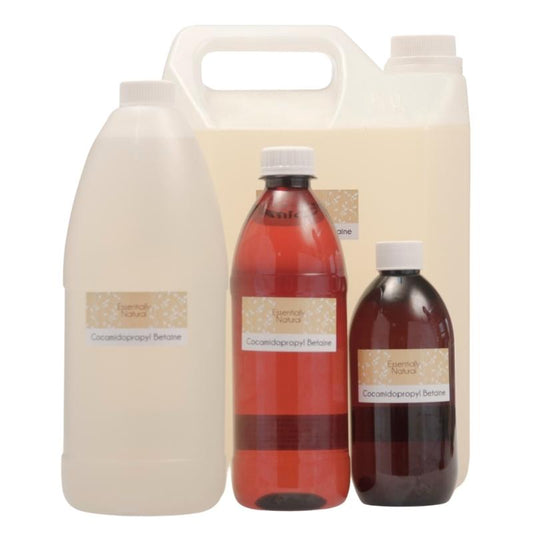
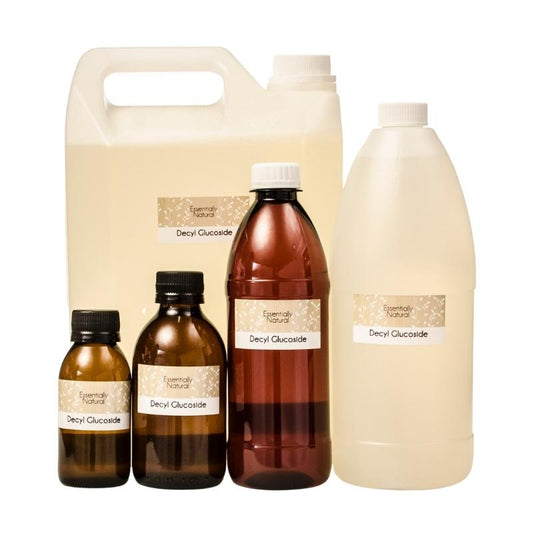
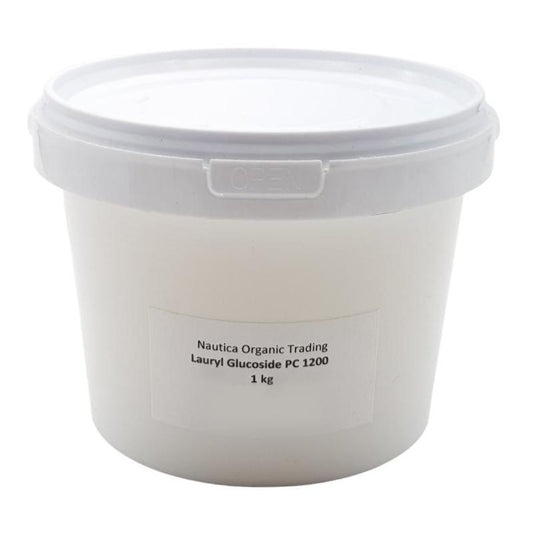


















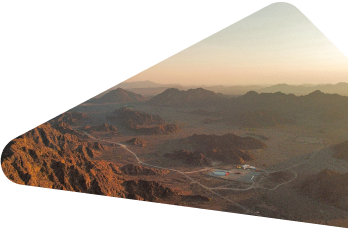
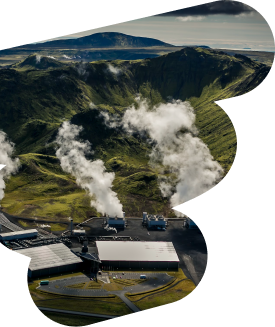
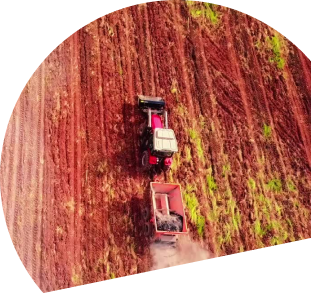
8 comments
Thank you plenty for these. It’s easy to get overwhelmed in a sea of surfactants, and sometimes following someone else’s formulation and then experimenting from there is a much better way to go. Thanks for great products, good posts and wonderful inspiration. I wish everyone who reads this una feliz Navidad y próspero año nuevo, y mucha felicidad.
Hi Shahar, yes everything is eco friendly and biodegradable!
hello and thank you.
can you tell if this formulas considered as bi-degradable solution (non environmental harmful )
I agree with Jane, the All Purpose Cleaner recipe would be great as laundry detergent. And of course for that purpose in particular you can let your imagination run when it comes to scenting it! Lavender, Calabrian Bergamot, and a little bit of Tea Tree would probably be my choice for that. If I had the ingredients to hand I’d probably be making that right now! 😆
Of course all of these recipes are chemical cleaners as every ingredient is by nature a chemical, which is kind of the joy of it, doing a little bit of chemistry to make good disinfectants by your own hands: my current anti-viral/anti-bacterial cleaner uses 300ml citric acid 50% solution, 50ml Acetic Acid 3%, 50ml ethanol (96%), and the rest is a blend of surfactants, water, emulsifying agents, and essential oils (tea tree, thyme, lemon, oregano, lemon eucalyptus, and lemon verbena, in that order): my main concern is pseudomonas and staph which are what the citric acid, acetic acid, thyme, and oregano have been studied against to good effect whereas a lot of disinfectants including alcohol have been shown to be anything from not as effective to completely ineffective. Pseudomonas in particular has been shown to be resistant to a number of disinfectants, to tea tree oil, and partially to alcohol. Alcohol can be useful at first contact but as soon as a biofilm forms — and they form quickly — it is useless. Scary stuff.
The ingredients are also of course effective across a broad spectrum: Citric acid (and, although it is in a low concentration here, thymol) is effective against SARS-CoV-2, and acetic acid in solution has some early evidence of effectiveness as an upper airways disinfectant *of course to any readers do NOT do this, clinical trials ONLY for now, I know people are desperate but there are potential serious risks associated with doing that on yourself. Citric acid and acetic acid are both effective against most bacteria including MRSA, as well as enveloped viruses, and somewhat effective against fungal and bacterial spores. Ethanol is broadly antibacterial and virucidal including non-enveloped viruses and acid-fast bacteria. Some of the oils just make it smell nice, but the thyme, oregano, and tea tree oils have their own properties.
Hi Jane, yes I would readjust the pH back to 7